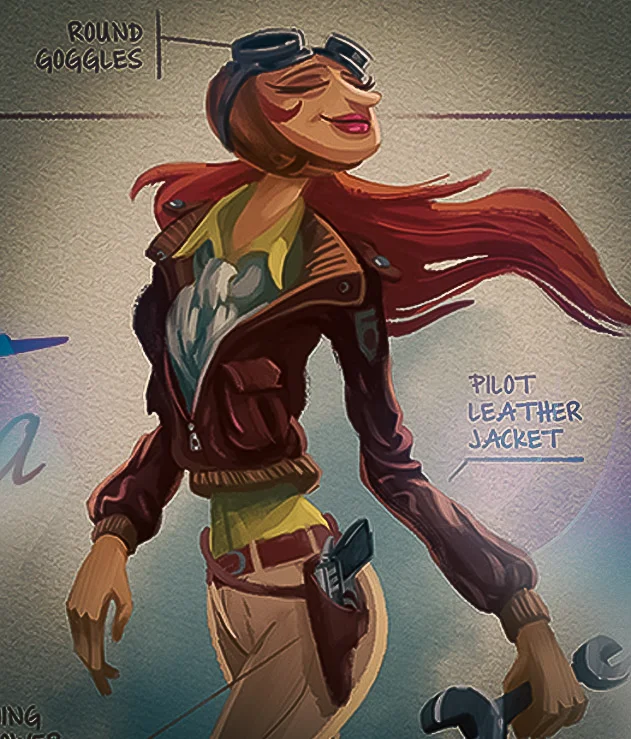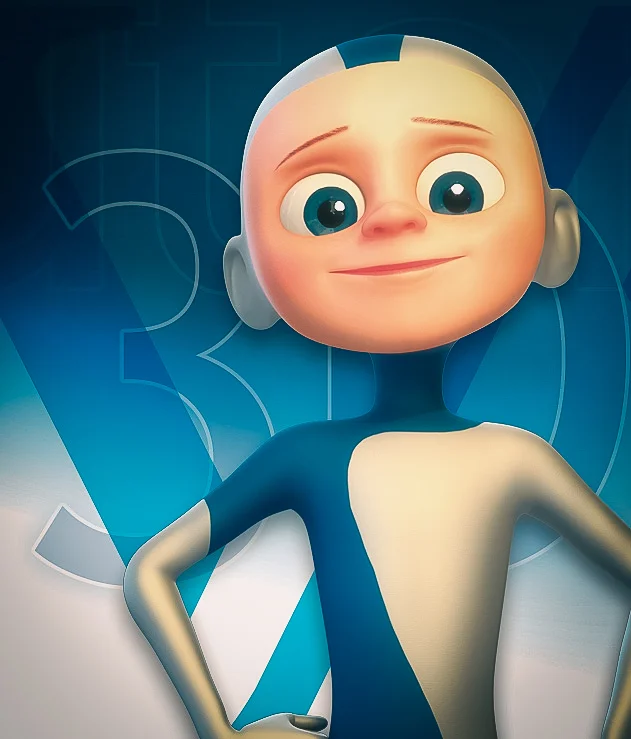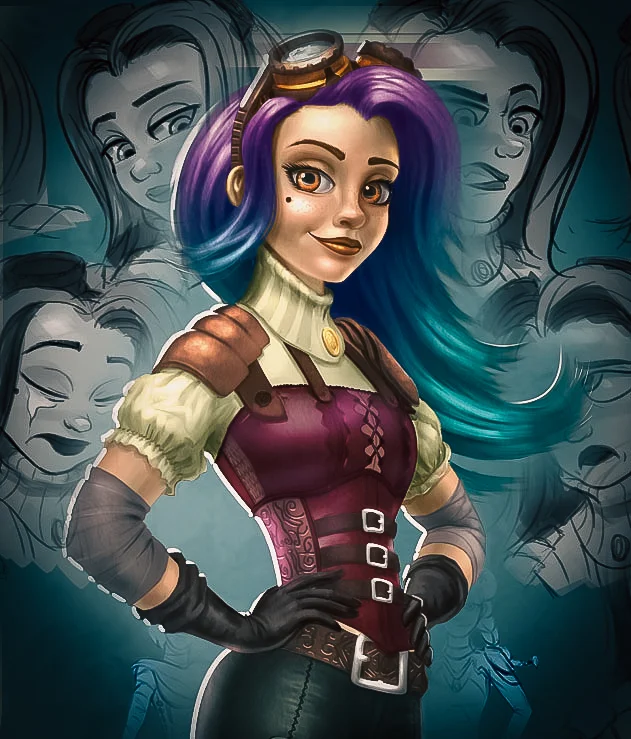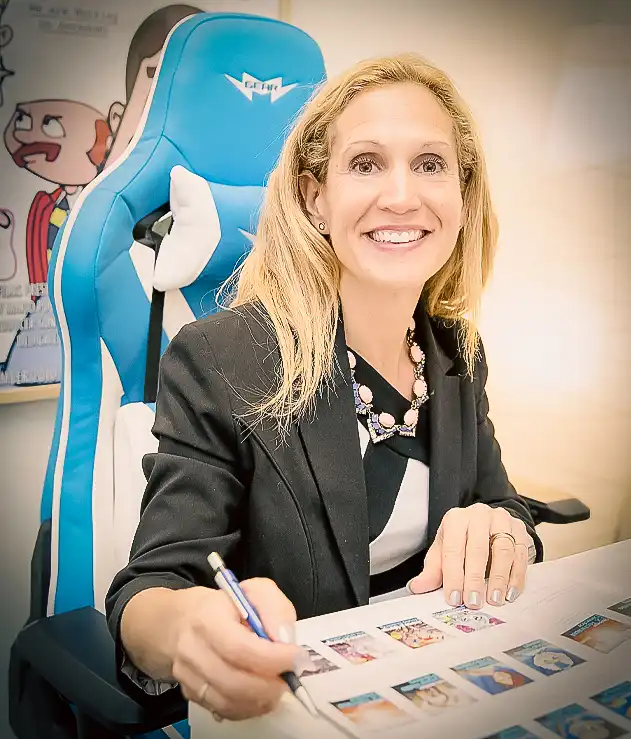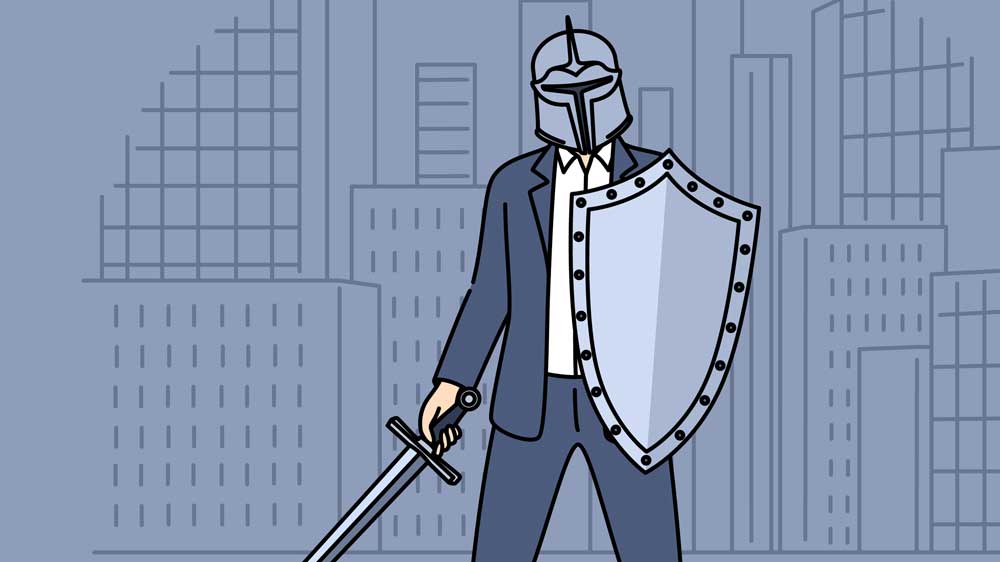 Image: Dzianis Vasilyeu (Morion Array)
Image: Dzianis Vasilyeu (Morion Array)
Author: VANAS Team
The Unsung Heroes: Production Managers in Animation, Visual Effects, and Video Games
Table of Contents
- A New Challenge, My First Production
- What Makes a Great Production Manager
- Tools of the Trade, The Best Project Management Software
- Autodesk Flow
- Asana
- Trello
- Monday.com
- Wrike
- Notion
- Evercast
- Lessons from the Frontlines
- Frequently Asked Questions
VANAS Online Animation School offers Animation, Visual Effects, and Video Game programs. To launch your career, visit https://www.vanas.ca.
A New Challenge: My First Production
It all started with a phone call.
"Hey, we need someone to manage this project," said my producer. "Think you can handle it?"
I hesitated for a second. Managing a full production? Me? But something inside me said yes. It wasn’t just an opportunity; it felt like a calling. So I jumped in headfirst, not knowing exactly what I’d signed up for but eager to learn every step of the way.
The project was a short animated film. We had a talented team of artists, animators, and designers. The problem? Everyone was incredibly creative—but managing tasks, deadlines, and communication? Not so much. We needed organization, and fast. Without it, the project could easily fall apart.
That’s when I learned that production managers are the unsung heroes of animation, VFX, and video games. We’re not the artists or the coders, but we’re the glue that holds it all together.
What Makes a Great Production Manager
Being a production manager is like being the captain of a ship. You don’t create the sails or build the ship itself, but you navigate the crew through calm waters—and sometimes, through storms.
You need to love problem-solving and stay calm under pressure. You have to understand the creative process while keeping one eye on the budget and the other on the schedule. Most importantly, you need to be the person who brings people together, ensuring that artists and technical teams work in harmony.
I’ll be honest: It’s not always easy. But it’s one of the most exciting and rewarding roles you can have. You become the person who takes an idea and helps transform it into reality. And for that, you need the right tools.
Tools of the Trade: The Best Project Management Software
Autodesk Flow
Autodesk Flow (previously known as ShotGrid) became my lifeline on that first project. It’s built specifically for animation and VFX, which made it perfect for tracking assets, managing feedback, and seeing exactly where we were in production at any given moment.
The integration with creative tools like Maya meant that artists could focus on their work while I kept the project on track. I didn’t have to chase anyone for updates—Flow showed me everything in real time.
Asana
When I worked on a small indie game, Asana was my go-to. It’s simple and intuitive, with a clean interface that helped us organize tasks without overwhelming anyone. We set deadlines, assigned responsibilities, and tracked progress—all in one place.
Trello
For visual thinkers, Trello is a dream. I used its board-and-card system to plan sprints and brainstorm story ideas. Each card became a task, which we could move from "To Do" to "In Progress" to "Done." It was like a digital post-it board that never got messy.
Monday.com
Monday.com was a lifesaver on bigger projects. It’s highly customizable and perfect for creating dashboards that show a bird’s-eye view of the entire production. Seeing everything in one place helped me stay ahead of potential issues before they became real problems.
Wrike
When I managed a cross-continental project with teams in different time zones, Wrike’s reporting and scheduling features kept me sane. It let me assign tasks, track time, and set priorities without losing sight of the overall project timeline.
Notion
Notion was like my second brain. It’s a mix between a note-taking app and a project management tool. I used it for everything—meeting notes, task lists, documentation, and even tracking our brainstorming sessions.
Evercast
When the world shifted to remote work, Evercast became a game-changer. Real-time video review sessions made it feel like we were all back in the studio, collaborating without missing a beat.
Lessons from the Frontlines
That first production wasn’t without its bumps, but it taught me lessons I’ll carry with me forever:
- Organization is everything. A well-organized production runs smoother and keeps the team happy.
- Stay flexible. Things will go wrong. Be ready to pivot and find new solutions.
- Communication is key. Keeping everyone informed is half the battle.
- Celebrate the wins. Even small milestones deserve recognition.
Most importantly, I learned that being a production manager isn’t about control—it’s about collaboration. It’s about helping every person on the team do their best work and creating something amazing together.
VANAS Online Animation School offers Animation, Visual Effects, and Video Game programs. To launch your career, visit https://www.vanas.ca.
Frequently Asked Questions
Here are the answers to those questions:
What exactly does a production manager do in animation?
- A production manager oversees the entire animation project, making sure it stays on schedule, within budget, and runs smoothly. They coordinate between different departments—like animators, visual effects artists, and sound designers—while tracking progress, managing resources, and solving any issues that come up. They’re the backbone of the project, ensuring every piece fits together to meet deadlines and creative goals.
How do I start a career in production management?
- Start by learning the basics of animation, VFX, or game development so you can understand the production process. Internships or entry-level roles in production coordination are great starting points. Build strong organizational, communication, and leadership skills. Experience with project management tools like Autodesk Flow or Asana will also give you an edge. Pursuing specialized training or education, such as the programs offered by VANAS Online Animation School, can set you on the right path.
Which project management software is best for animation and VFX?
- Autodesk Flow is the top choice for animation and VFX because it’s built specifically for tracking assets and managing creative workflows. Other options like Asana, Monday.com, Trello, and Wrike are also excellent for organizing tasks, depending on your project size and needs. For remote work and collaboration, Evercast is a must-have for real-time feedback and review.
Can production management be a creative role?
- Absolutely! While it’s not about creating art directly, production managers are deeply involved in the creative process. They help shape the project by making key decisions about timelines, resources, and priorities. They ensure the creative vision is achieved by bringing all the pieces together, making them an essential part of the creative journey.
What skills do I need to be a successful production manager?
To excel as a production manager, you’ll need:
- Strong organization and time management to juggle multiple tasks and deadlines.
- Excellent communication and leadership to coordinate teams and solve problems.
- Adaptability and problem-solving to handle unexpected challenges.
- Knowledge of animation, VFX, or game development workflows to understand your team’s needs.
- Tech-savviness, especially with project management software and collaboration tools.
Remember, it’s a demanding role, but it’s also incredibly rewarding. If you’re passionate about helping creative projects come to life, production management could be your perfect fit!

